- Solutions
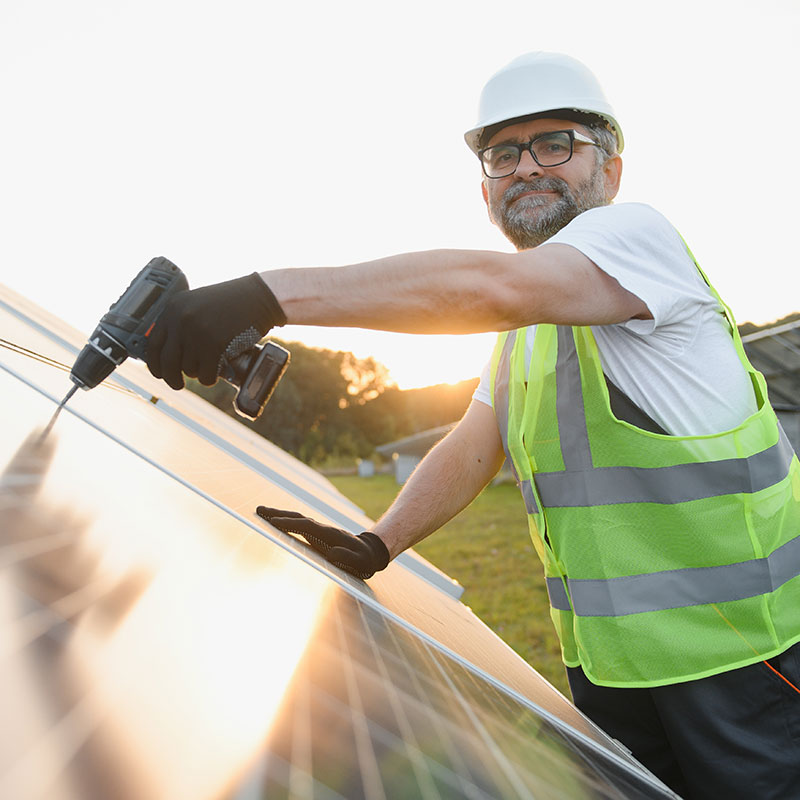
AfterCare
Learn More
- Products
Our Products
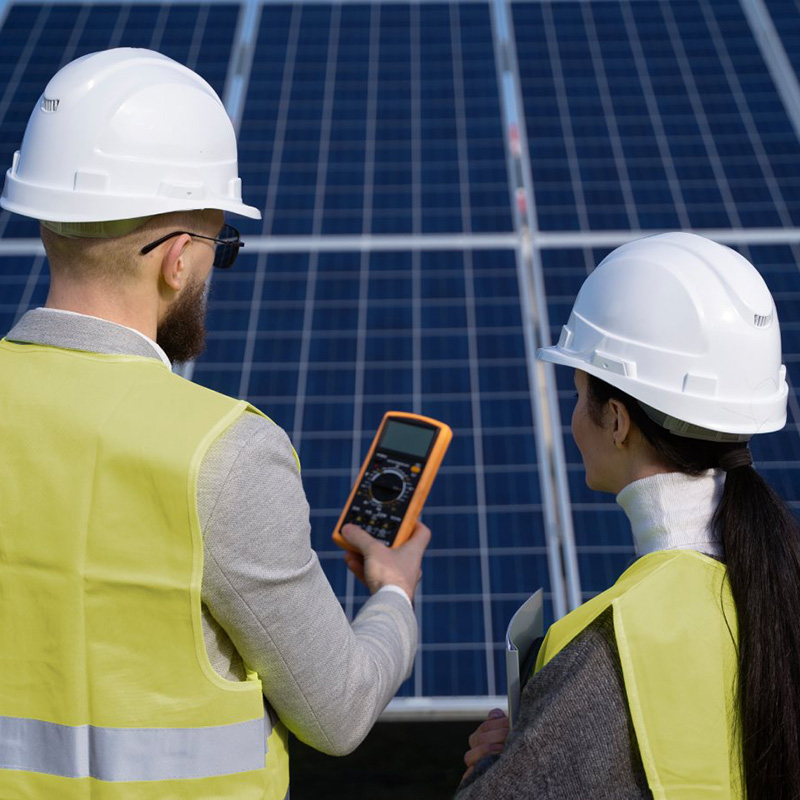
System Monitoring
Learn More
- Our Company
Who We Are
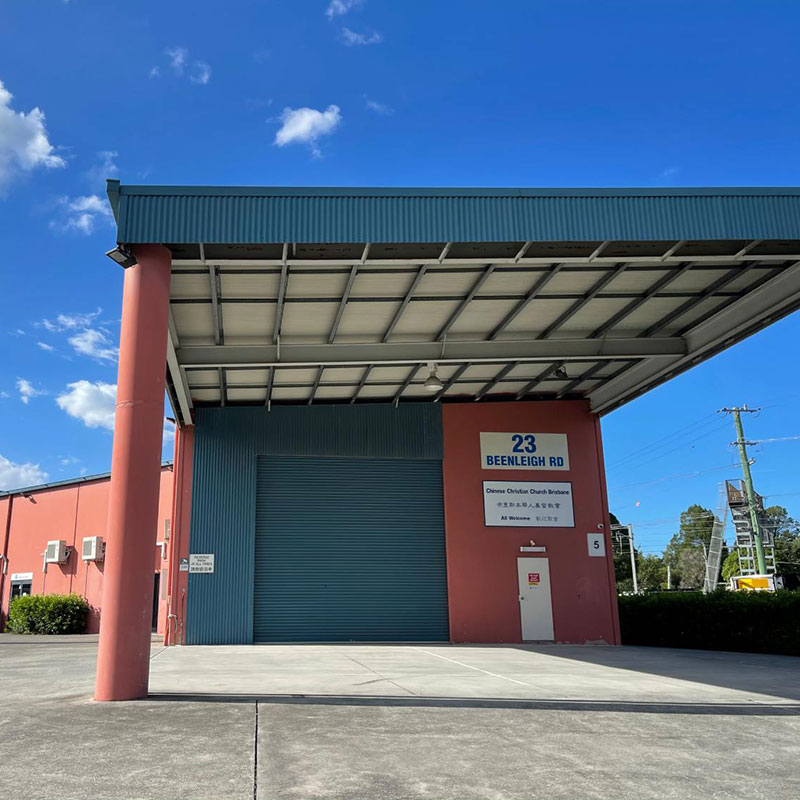
NPO Support
Learn More
- Portfolio
- Reviews
- Resources

Learn More

Learn More

Learn More
Stay ahead of your energy requirements with our state-of-the-art solar and home backup systems.






Make Your Home More Comfortable.

Save Money on Your Electric Bill.

Gain Control Over Your Energy Usage.

Impact on the Environment.
Fully Installed (Standard installation*)
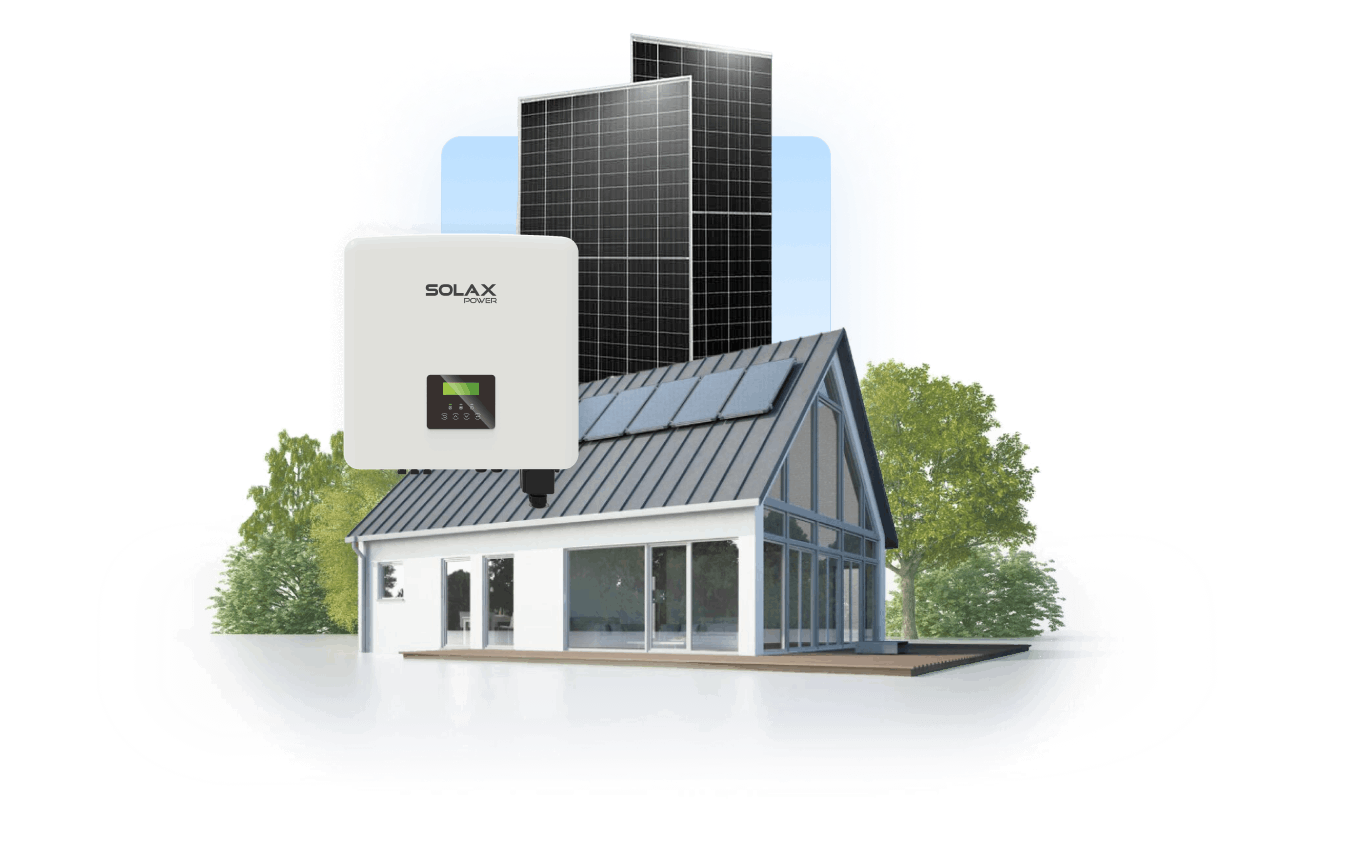
Fully Installed (Standard installation*)

Fully Installed (Standard installation*)
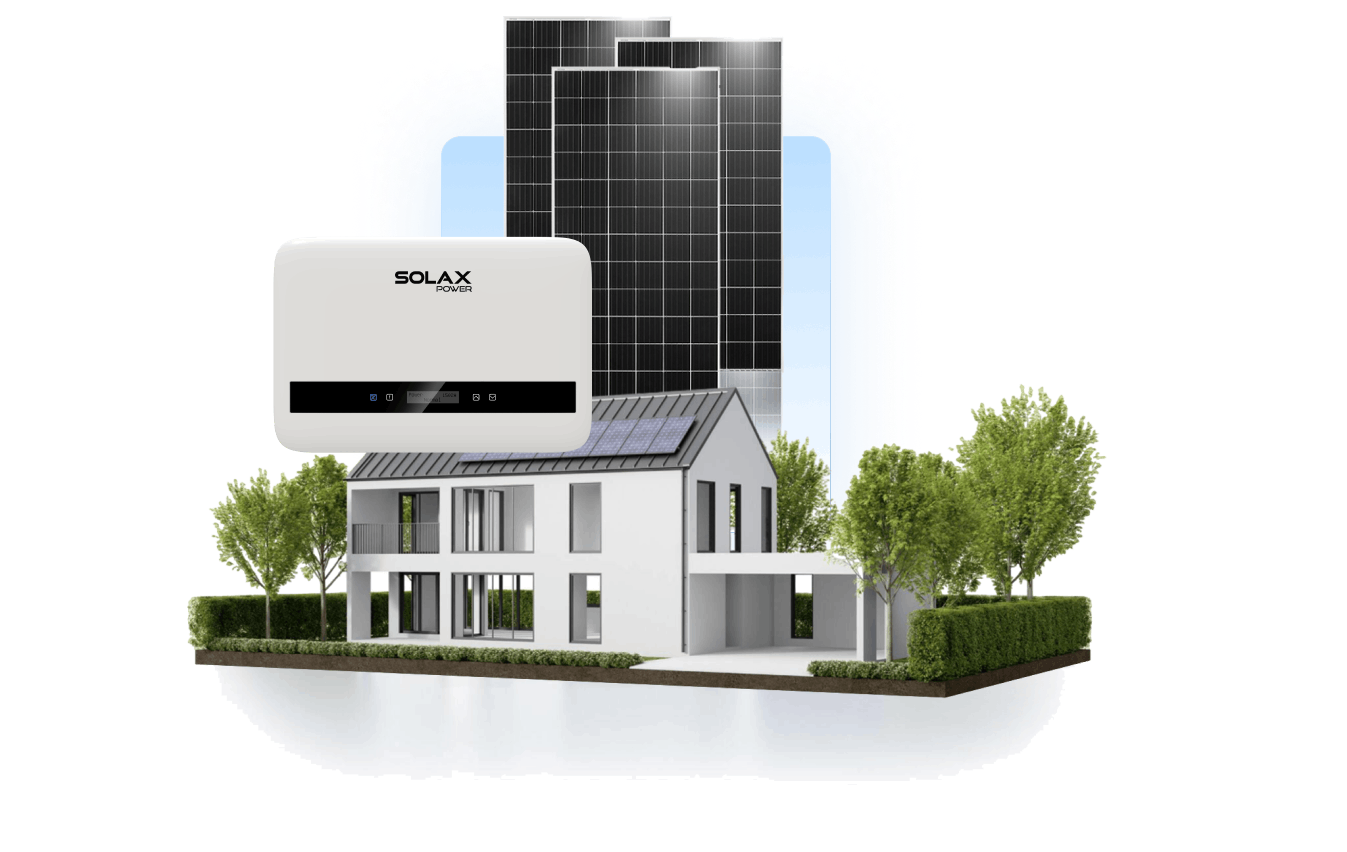
Fully Installed (Standard installation*)
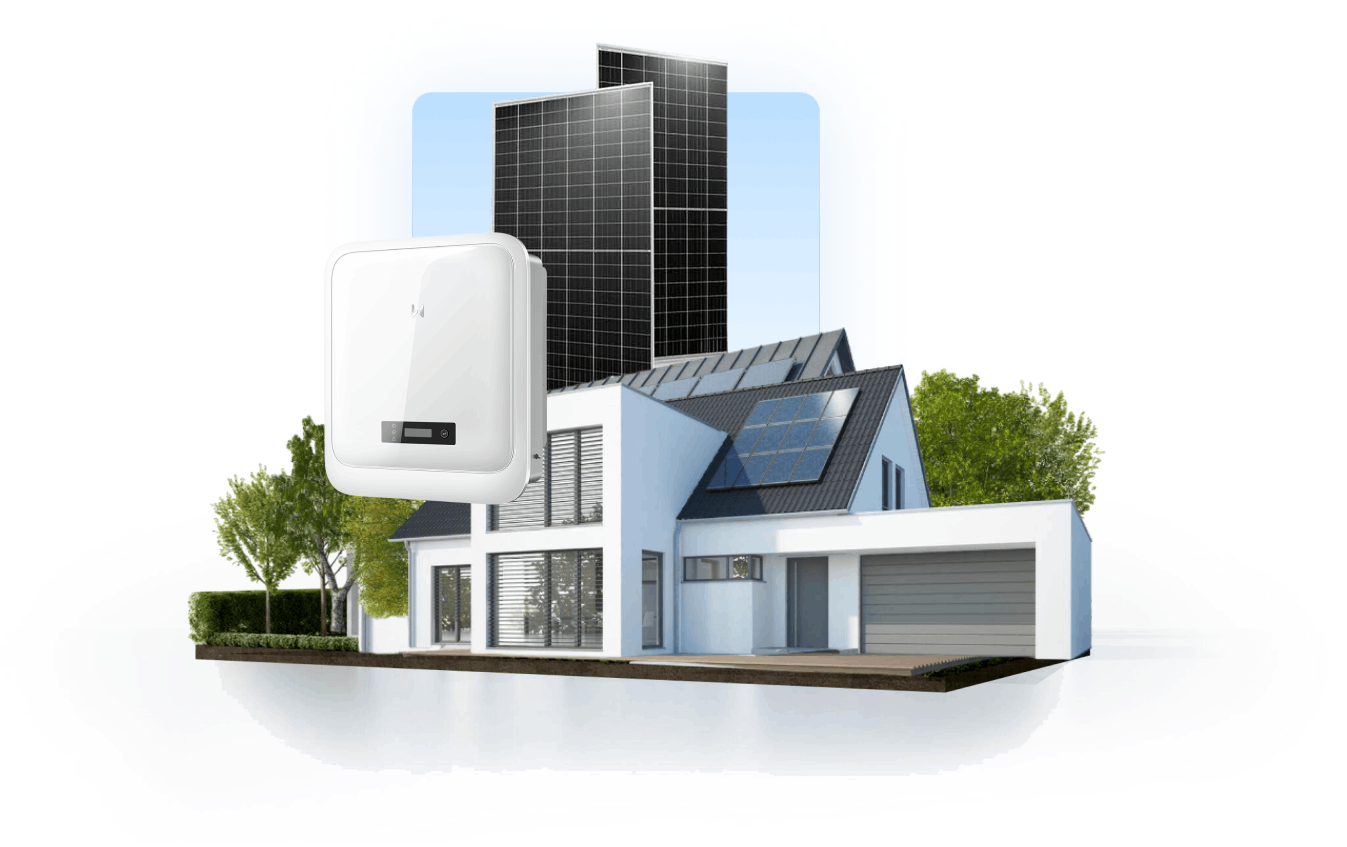
From urban offices to rural operations, our panels deliver reliable performance and significant cost savings. Investing in solar offers assets, electricity savings, tax benefits, and reduced emissions. Despite initial costs, businesses often find solar to be cheaper than grid electricity, with a swift return on investment. Energize your enterprise for sustainability and success today.
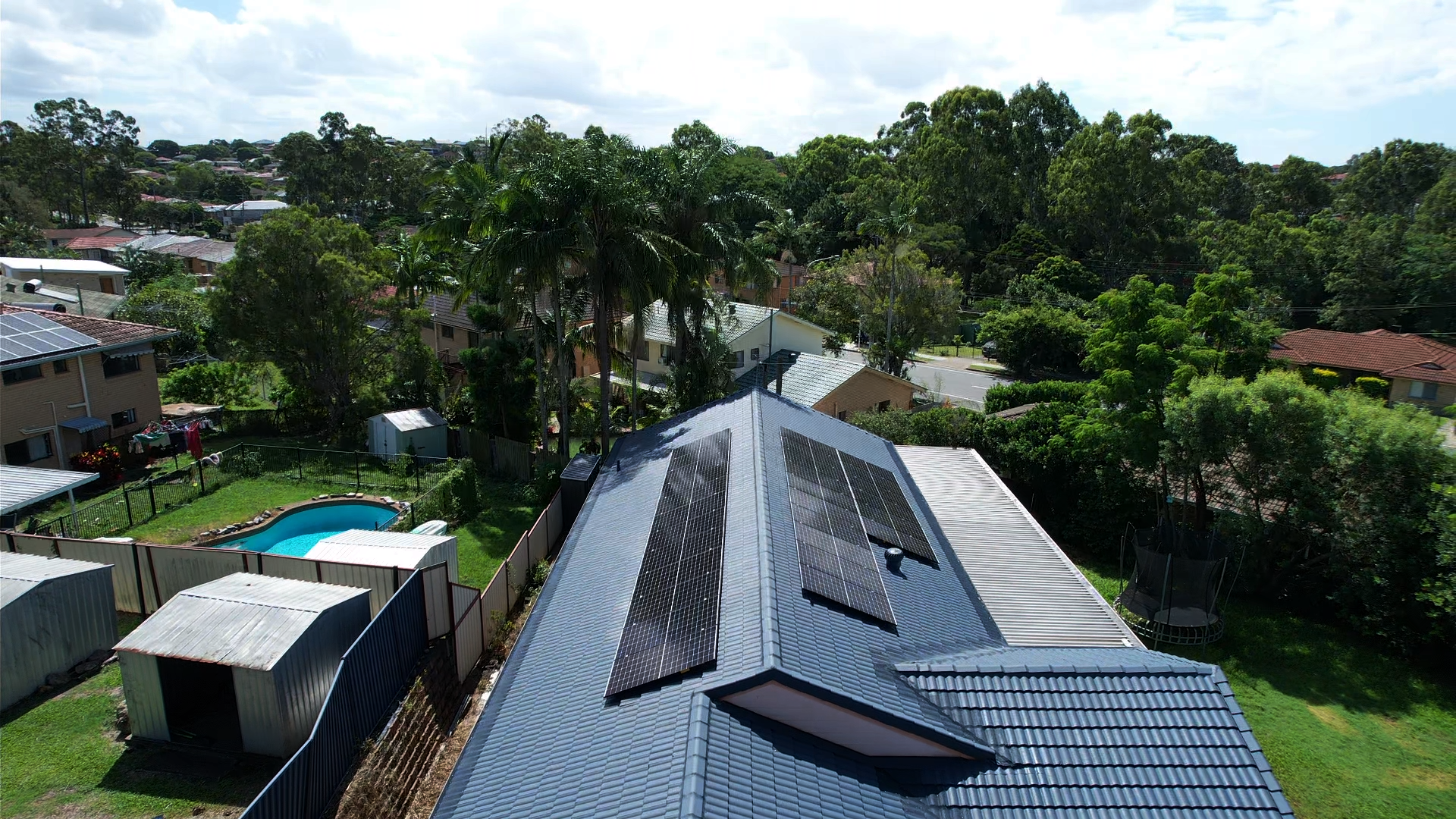
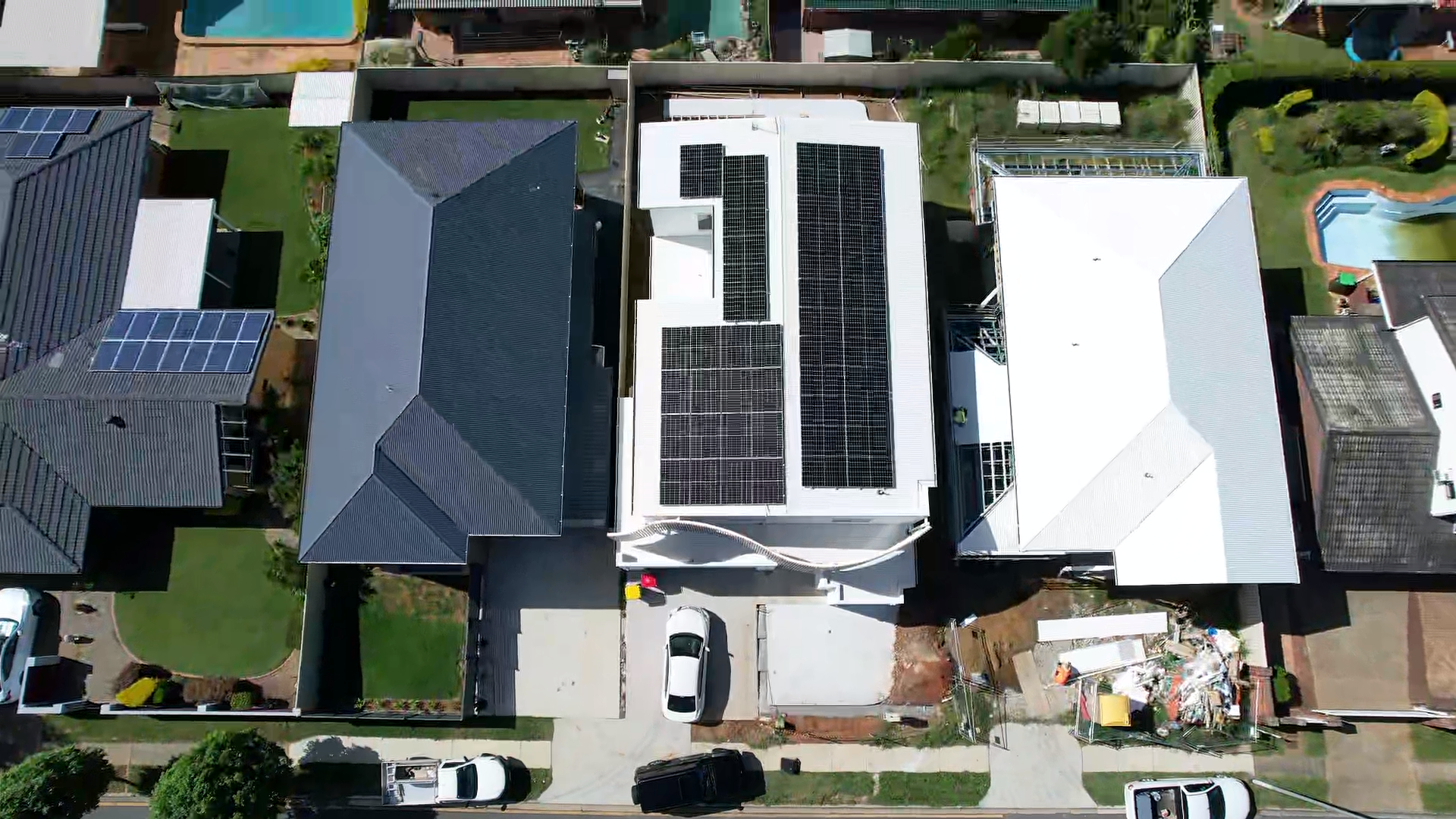
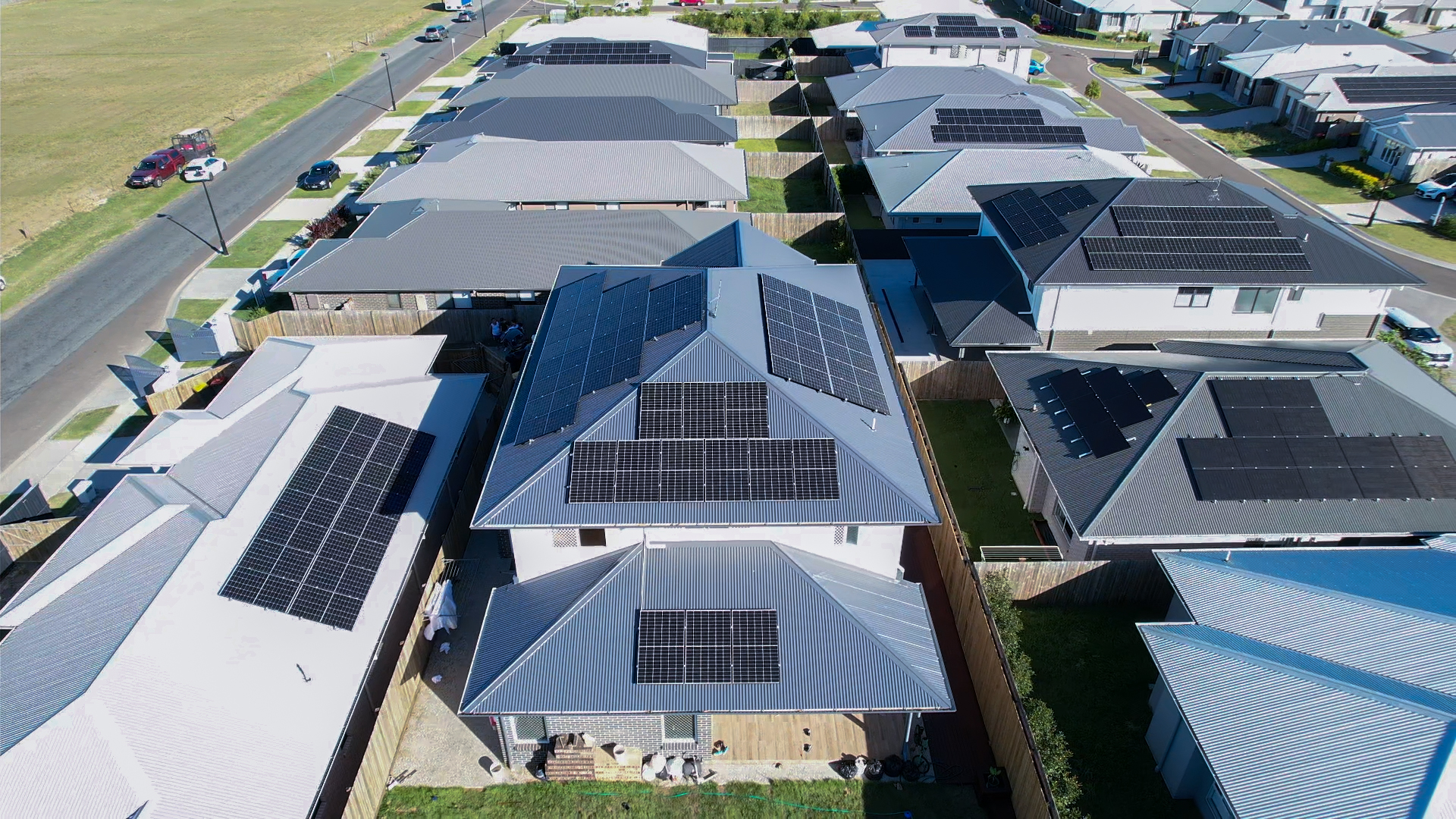
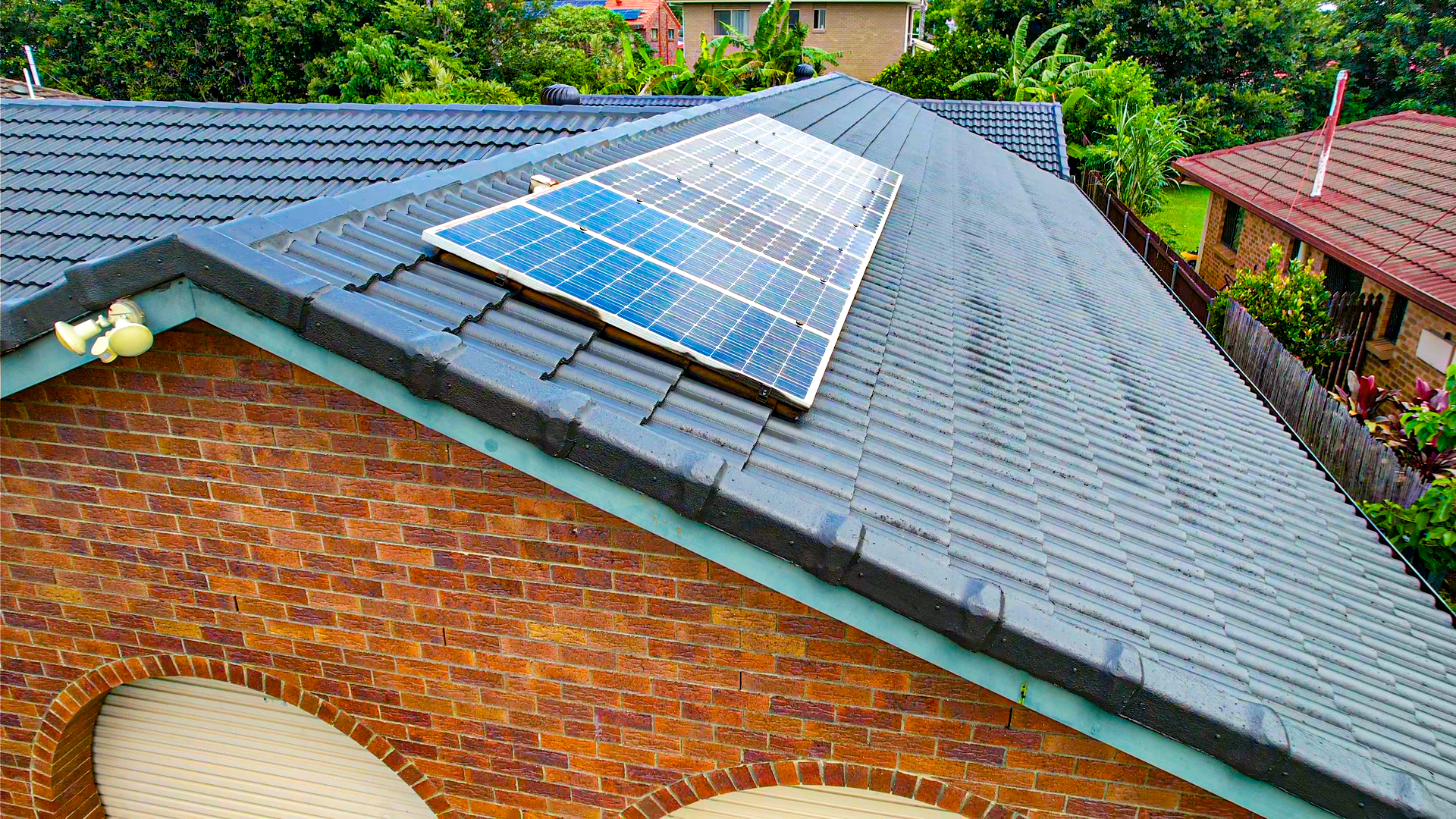

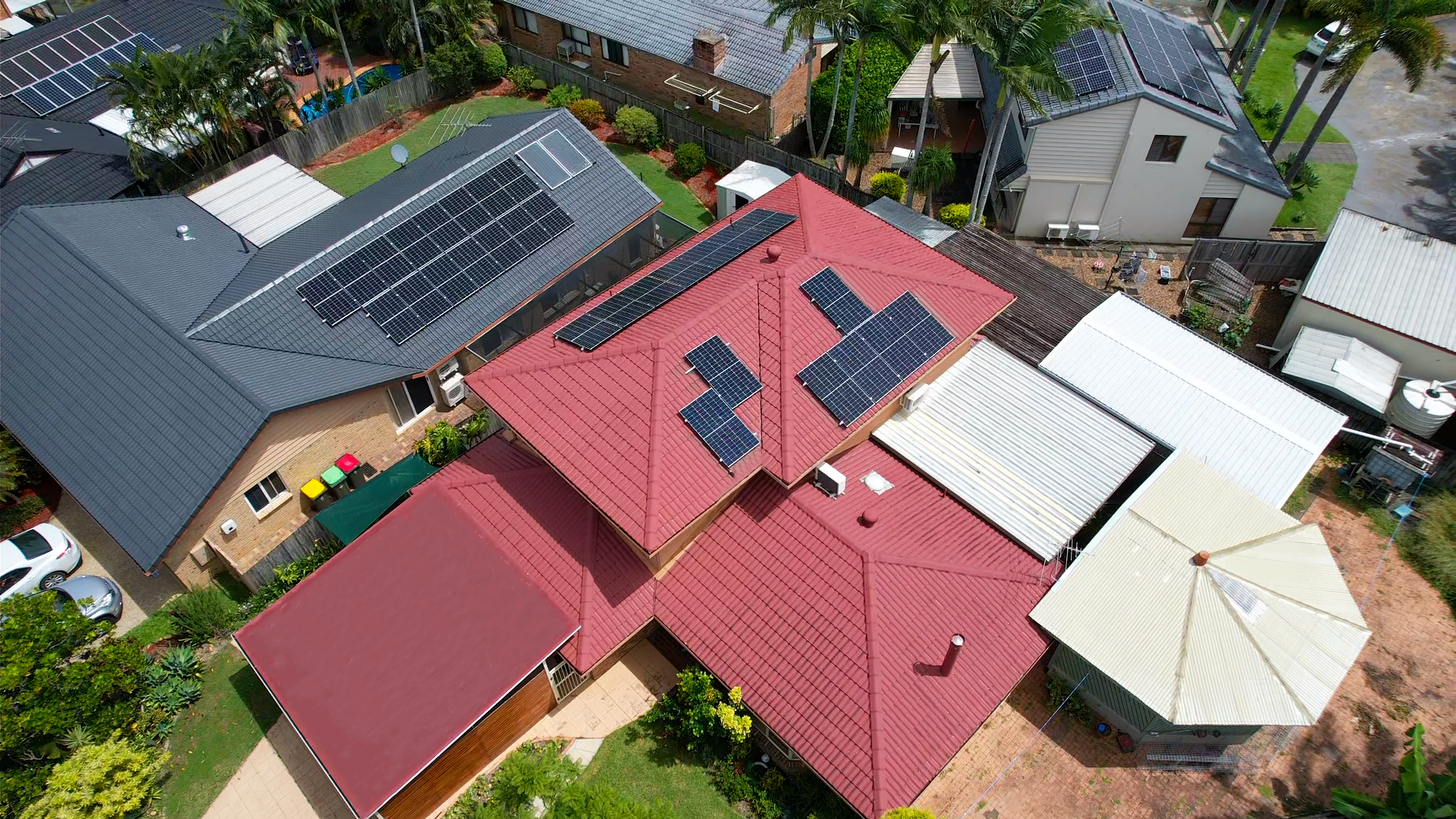
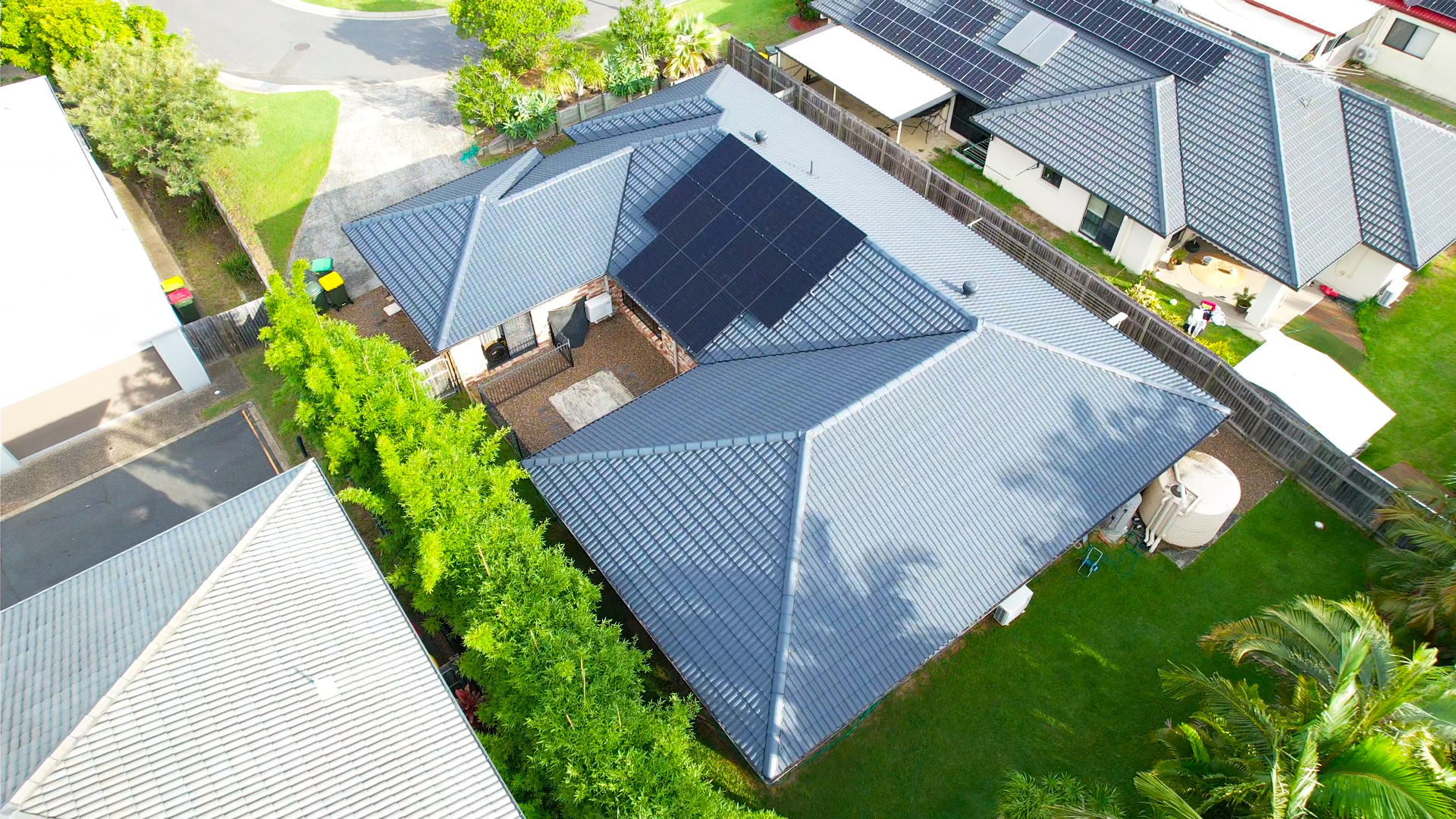
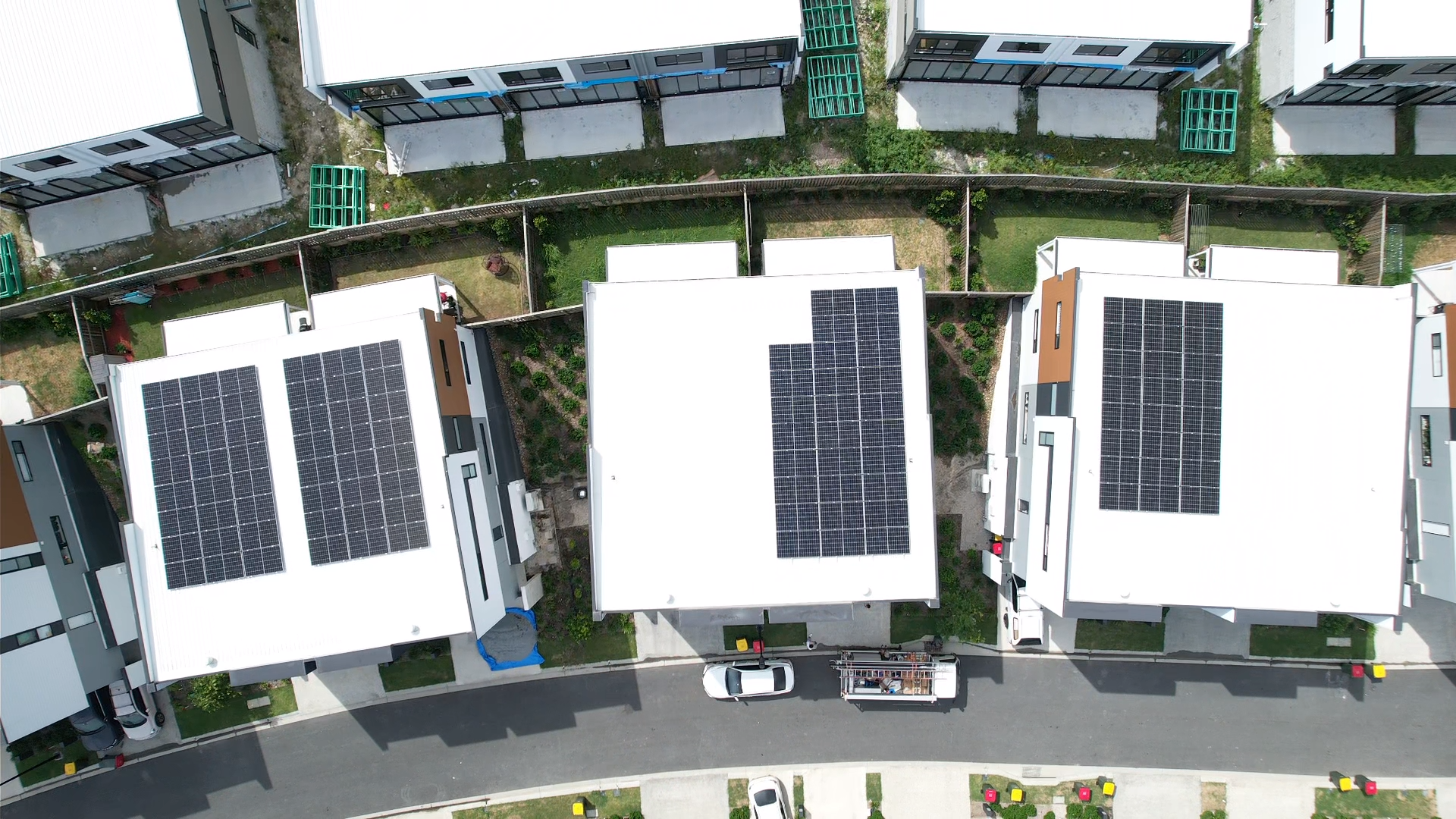
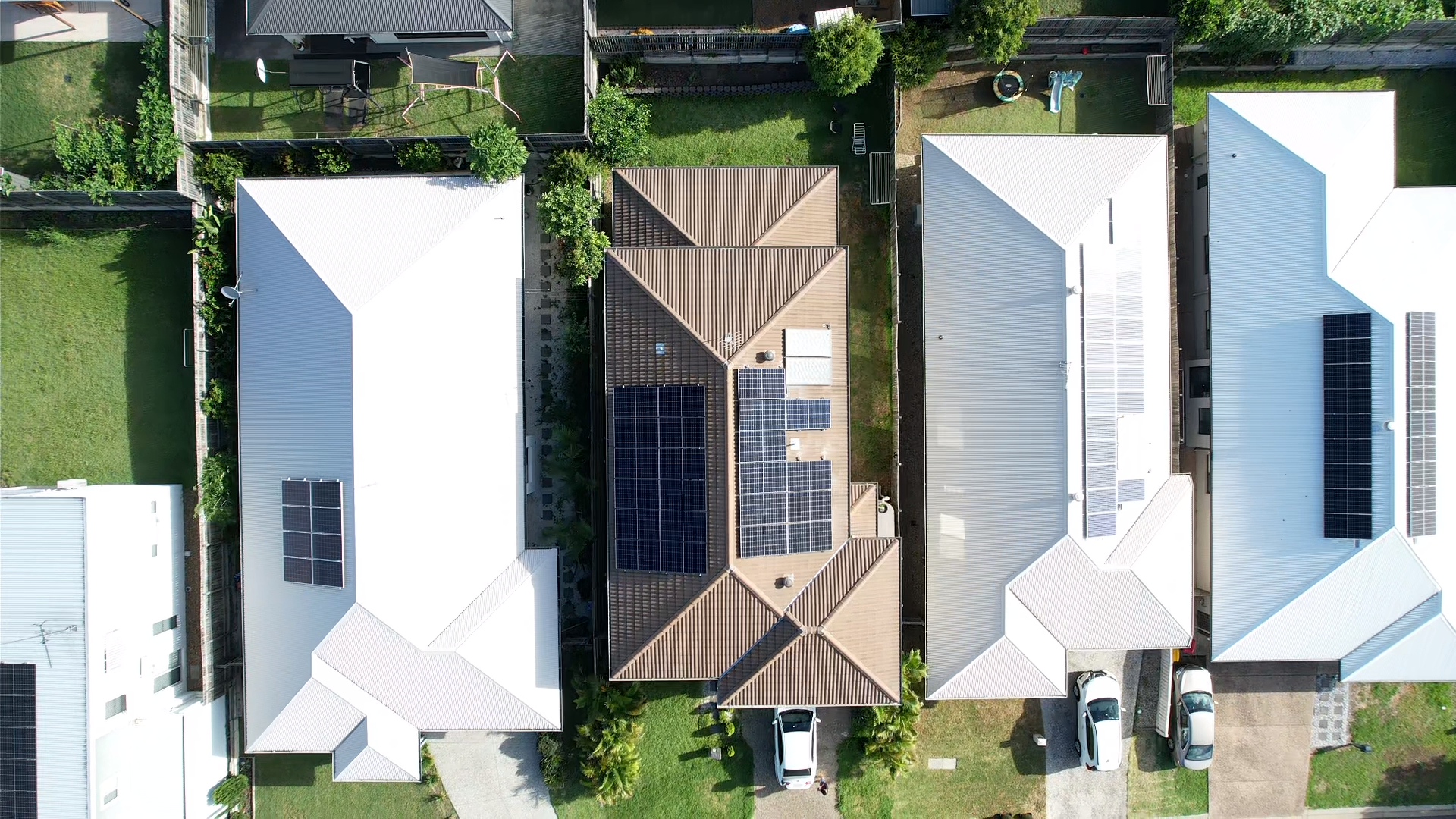
At EverySolar 2.0, we’re on a mission to illuminate every corner of Brisbane with renewable, clean energy. We believe in more than just powering homes and businesses—we’re committed to our corporate social responsibility of improving the environment and contributing positively to society.
Our team of experts will work closely with NPOs to understand their energy needs and tailor a solar solution that fits perfectly.
We handle everything from start to finish, ensuring a seamless transition to solar power without any upfront costs.
Unlike typical Power Purchase Agreements (PPAs), participants in our program are not burdened with any ongoing fees or charges related to their electricity usage.
This isn’t just about going solar—it’s about creating lasting change and supporting organisations that do invaluable work in our community.
Let’s work together to make a positive impact on Brisbane’s community, one solar panel at a time.
Learn more about how your NPO can benefit from our Non-profit Installation Program.
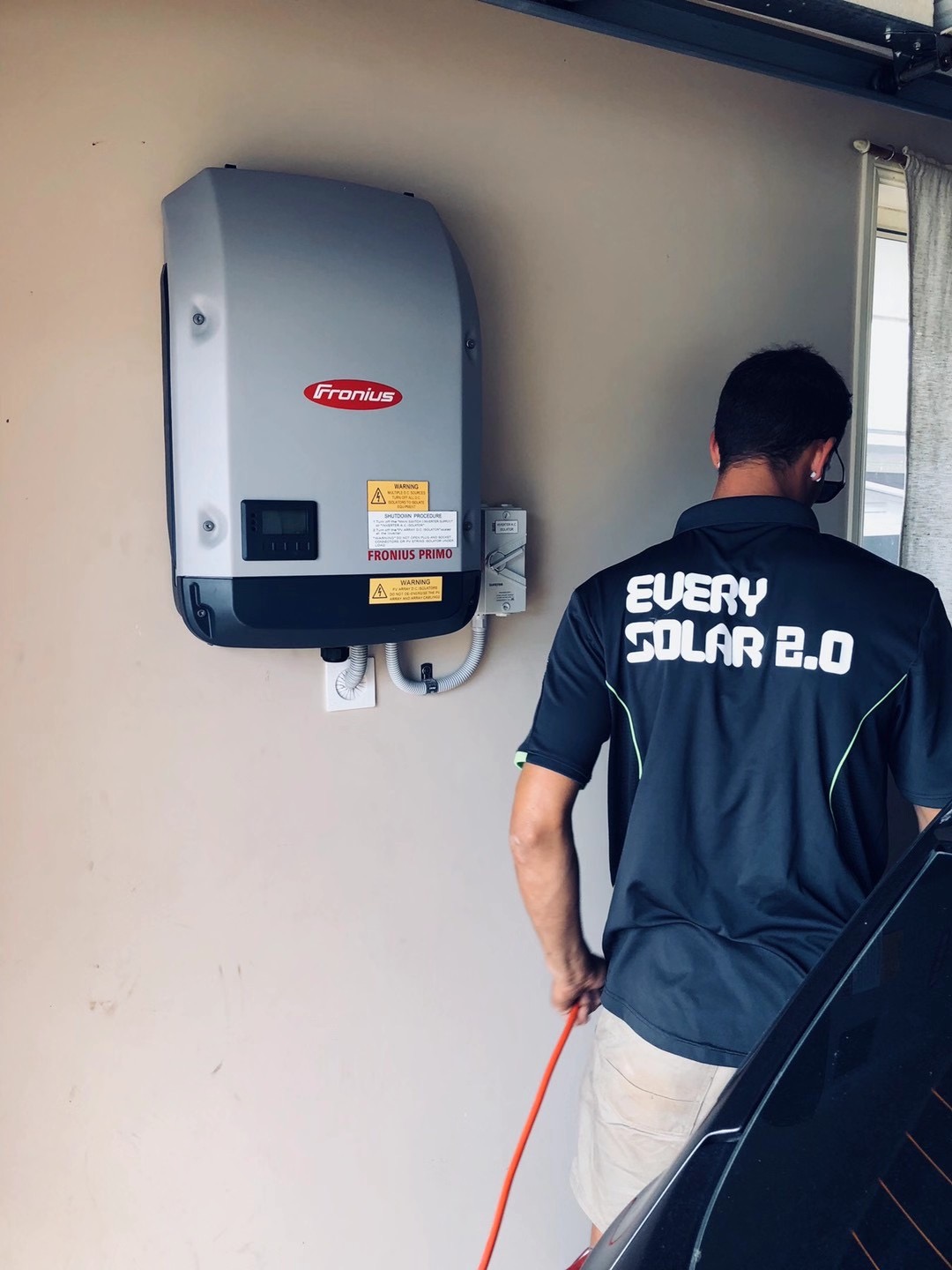
After installing a solar system, two ways can help you to reduce the power bill:
Self-Consume: During the daytime, while the system is operating, you will be using the power produced from your solar system first instead of purchasing the electricity from the grid.
Selling to the Grid: Consumers can earn credit to their power bill by feeding the unused electricity to the grid.
Yes! If the system you installed has less than 100kW capacity, you are eligible for a federal program called STCs Scheme. To receive the rebate, you must:
Other than the Federal STCs Scheme, each state and territory may also have their own rebate for renewable energy, contact us on 1300 716 916 or send a request to [email protected] for more information
Solar power technology has been well developed for both residential and commercial for many years, which is suitable for most houses and businesses in Australia unless you have a south-facing roof or a shaded roof.
For more information about Residential and Commercial solar, contact EverySolar 2.0 via 1300 716 916 or send a request to [email protected] . One of our solar power experts will be more than happy to answer all your solar-related questions and organise a free consultation for you.
There are a few ways to check the performance of your solar system:
Additionally, if you’d like to manage how you use the electricity to make more savings, we can install a Smart Meter for your inverter. With Smart Meter, you can easily monitor your consumption and export amount from the App.




Fill out the form below and we will get back to you as soon as we can.
"*" indicates required fields